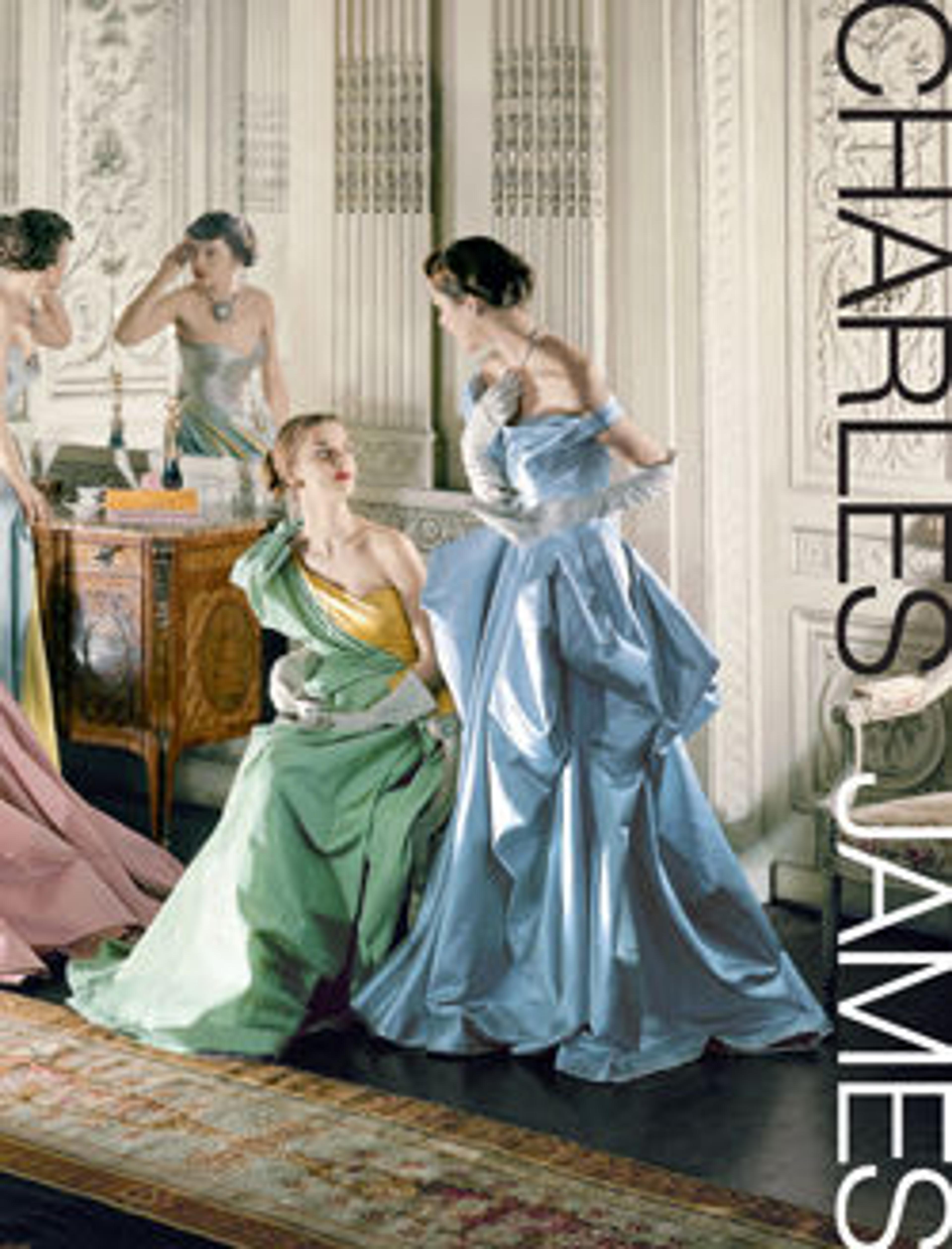Wedding dress
Among postwar American designers, Charles James was arguably the most original, embracing the silhouette of the New Look while developing a clearly personal aesthetic and technical approach. James, a perfectionist, was noted for gowns of sculptural presence in colors more evocative of the exotic combinations seen in hothouse orchids than a pretty English border.
James' wedding gown could, if it were a little less seashell-pink, qualify as a John Singer Sargent pearl, since the nature of its creation, if a kind of detached and powerful eroticism, focused in James' case on the 1880s and very likely on Sargent portraiture. But not even Madame X could command all the lubricious James signatures here: the low cut of a sweetheart neckline with bare-shoulder nonchalance, corsetry both restricting and slightly tumescent as well, a flaring bustle that Dior might envy, and a center-front eye-of-the-storm of drapery that only the seventeenth-century sculptor Giovanni Bernini could imagine. James was an idealist; few went to him for wedding gowns for fear of delays and shenaningans that could result in the bride ending up at the ceremony as naked as that famous emperor with new clothes.
Artwork Details
- Title: Wedding dress
- Designer: Charles James (American, born Great Britain, 1906–1978)
- Date: 1948–49
- Culture: American
- Medium: silk
- Credit Line: Gift of Jane Love Lee, 1993
- Object Number: 1993.427
- Curatorial Department: The Costume Institute
More Artwork
Research Resources
The Met provides unparalleled resources for research and welcomes an international community of students and scholars. The Met's Open Access API is where creators and researchers can connect to the The Met collection. Open Access data and public domain images are available for unrestricted commercial and noncommercial use without permission or fee.
To request images under copyright and other restrictions, please use this Image Request form.
Feedback
We continue to research and examine historical and cultural context for objects in The Met collection. If you have comments or questions about this object record, please complete and submit this form. The Museum looks forward to receiving your comments.
